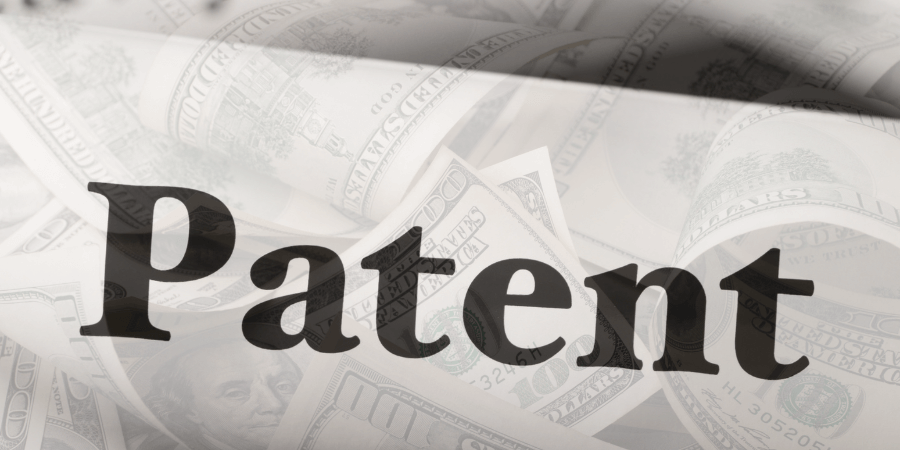Controversial New Patent Fee Model Emerges

The Trump administration, according to a July 28, 2025 Wall Street Journal article (subscription-based), is reportedly exploring a major overhaul of the U.S. patent system aimed at boosting federal revenue - a move that is already raising alarm bells across business and innovation communities. According to officials within the U.S. Commerce Department, the proposed change includes implementing a new patent fee structure that would charge applicants based on the value of their patents.
The concept of a value-based fee model, while not entirely new, represents a fundamental departure from the current “one-size-fits-all” structure. Today, inventors pay fixed filing and maintenance fees regardless of the potential commercial impact of their invention. Under the proposed system, those seeking protection for potentially high-value patents - particularly in sectors like pharmaceuticals, tech, and biotechnology - could see significantly higher costs.
Early reports suggest strong opposition from business groups, startups, and IP attorneys. Critics argue that value-based pricing could discourage companies from seeking patent protection, especially small and early-stage firms that cannot afford elevated fees at the outset of their commercialization journey. An excellent article on the matter was written by noted IP expert, Gene Quinn, in his IPWatchdog column, who concludes by saying the obvious, “So, let’s not sugar coat this. Charging patent owners a percentage of the overall value of a patent is catastrophically stupid.”
Large corporations may be able to absorb the financial impact, but smaller innovators - often the wellspring of disruptive technology may not. This disparity could widen the gap between established players and newcomers, potentially chilling the vibrant entrepreneurial ecosystem the U.S. has long championed.
Analysts warn that such a fee structure may undermine the very goals of the U.S. patent system: to incentivize innovation and safeguard inventors. If startups are dissuaded from filing patents, venture capital investment could also shrink, as IP protections are often a prerequisite for securing funding in science- and tech-heavy sectors.
Furthermore, valuation-based fees could lead to bureaucratic gridlock as the government would need to define, assess, and verify a patent’s “value” - a highly subjective and contested metric - before assigning fees.
“It’s not just a revenue tool - it’s a policy decision that could realign the incentives for American innovation,” said a senior patent policy analyst. “And the downstream effects on economic growth and competitiveness could be significant.”
The Commerce Department has yet to release a detailed proposal, but sources indicate that stakeholder meetings are being scheduled to solicit feedback from industry groups, universities, and the venture community. If the backlash continues to intensify, the administration may be forced to scale back or abandon the plan altogether.
In the meantime, early-stage startups, university spinouts, and independent inventors should monitor the situation closely and consider how such changes might affect their IP strategies moving forward.
A patent system tied to valuation could introduce new complexities, legal uncertainties, and financial burdens. As the U.S. strives to maintain global leadership in innovation, any policy that risks sidelining its most agile inventors must be scrutinized carefully—not just for its potential to raise funds, but for its broader economic implications.

